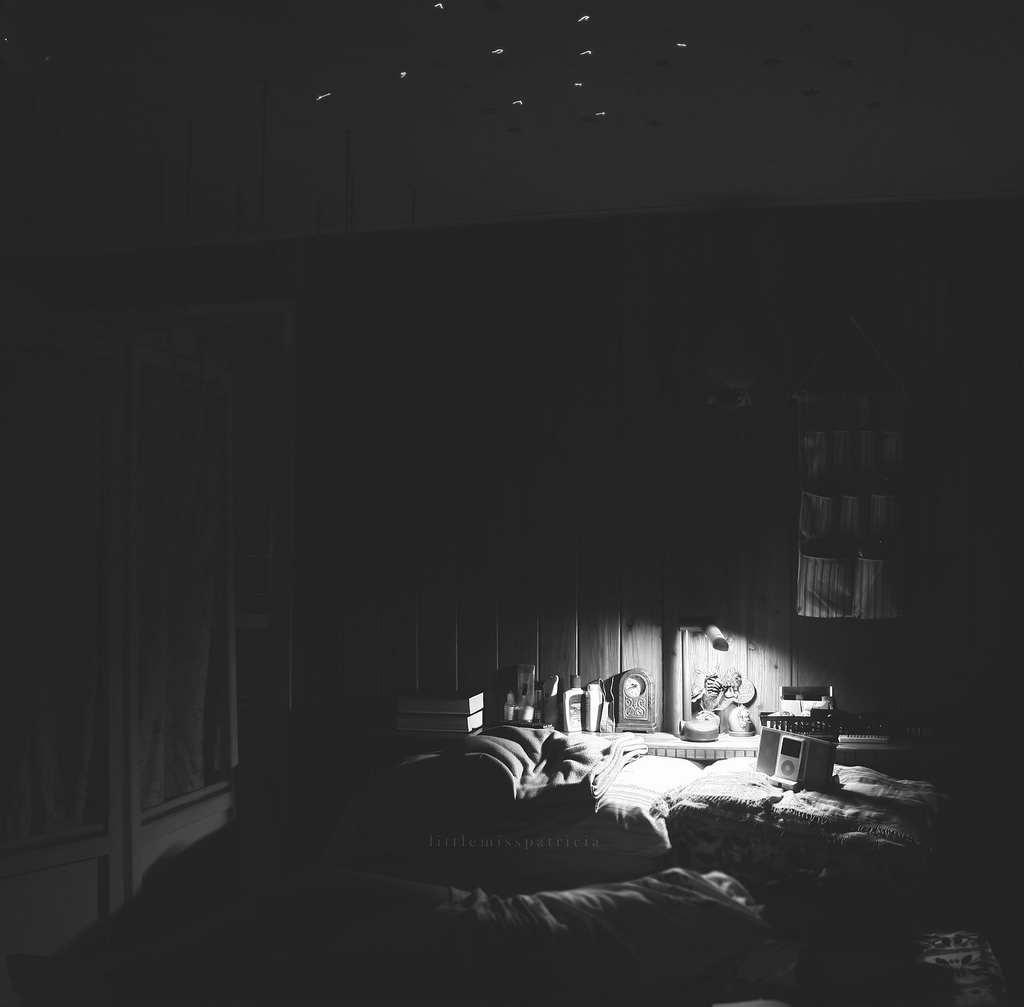The world has so much clutter, so much noise that it’s hard to break out of that and stand out. It’s the same with photos. To properly communicate what your subject is, one must make sure that it stands out enough to be noticed as the main focus. Below are some techniques that will help you isolate your subjects:
Plain Backgrounds
Naturally, it’s easy to lead the viewer’s eye if the subject is against a plain background. Not much of a challenge there. It’s a simple yet effective way to ensure that the viewer’s eye lands where it’s supposed to. You can also use a textured background, provided the print is not too loud that it would distract the viewer from the subject.
Centered
Placing your subject in the center of the frame is another surefire way to get your point across. Ensure that there are no competing elements in the back or towards the sides to really emphasize the center of the photo. To further emphasize the area, add a vignette.
Shallow DOF
By using a wide aperture such as f/1.4, f/1.8, f/2.0 or f/2.8, you decrease the depth of field so that only the barest bit of your subject remains in focus. By creating a shallow DOF, anything but the subject is blurry and unrecognizable.
Shafts of Light
You can focus a beam of light on your subject and leave the rest in semi-darkness, but not totally invisible. Think of it as a spotlight and your subject is the lead singer. Leaving the rest of the scene visible will add to the overall ambience of the photo without diverting attention away from the subject.
Spot the Not
This is one of my favorite subjects to shoot. Sometimes I put them there on purpose, but other times I really find these ordinary things in weird places. It can be a yellow fruit in a basket of oranges, or a bunny inside a hood. The more unusual, the better!
Moody Lighting
Situate your subject somewhere with clear highlights and shadows to the point where it’s impossible to evenly expose the whole subject in just one frame. That way, you’ll have to decide on one highlight area to expose properly and leave the rest slightly underexposed.
Color Pop
Leaving your subject’s color untouched, choose the dominant background color and slightly desaturate it. The other non-dominant colors can be desaturated even more to leave only two major colors: the subject’s color and the background’s dominant color.
Combinations
It won’t hurt to combine different techniques to achieve a wider range of effects. Most of the time you’ll notice that you use more than one technique at once. You could try something that involves a shallow DOF and a pop of color…
…or try a spot the not with moody lighting.
There are so many different ways to isolate subjects in photography. Half the fun is in discovering them! The fact that they’re isolated is what makes them unique, so it pays to keep your eyes peeled at all times. You’ll never know when something worth photographing will suddenly present itself.

















3 Comments
I just bought 1.4 ap lens todo just this!
Great article, many thanks for that!
yes